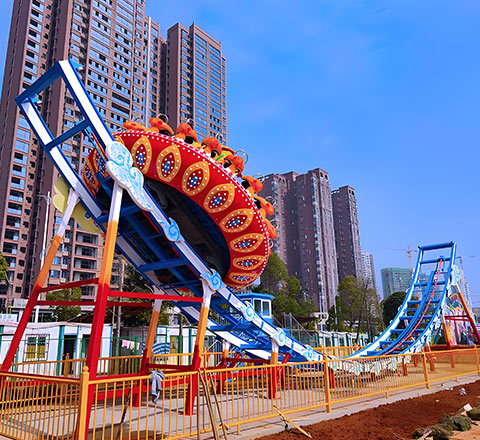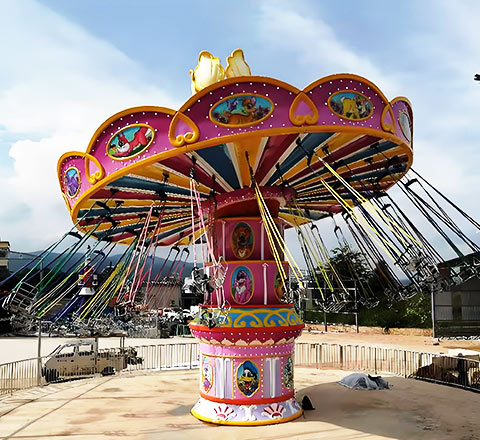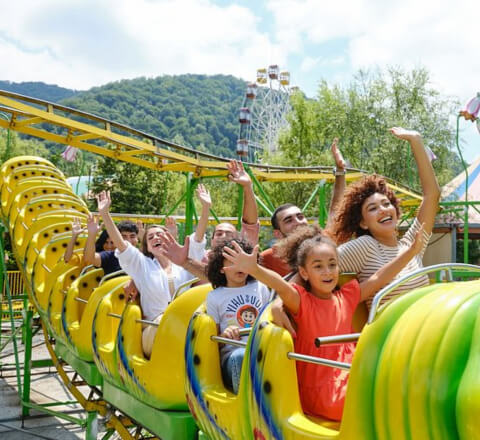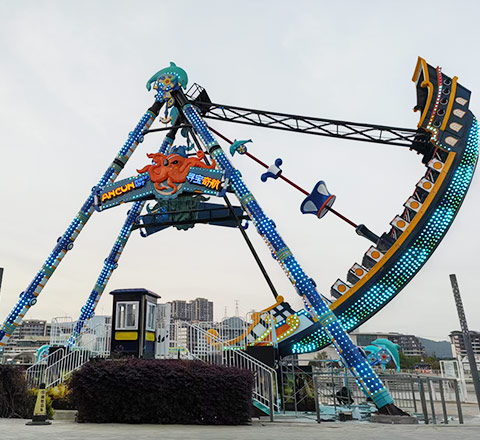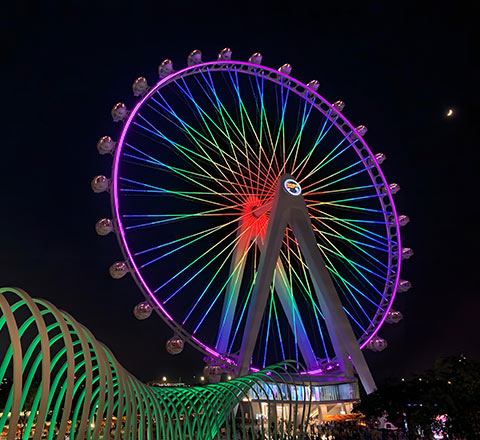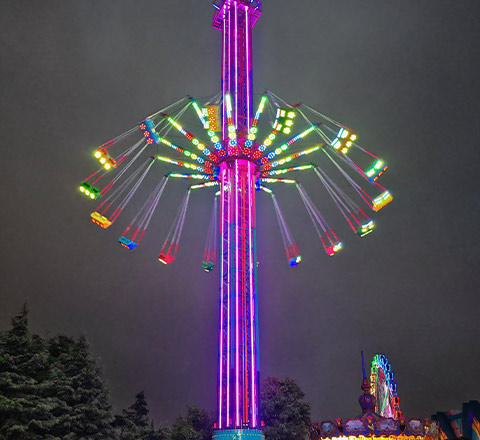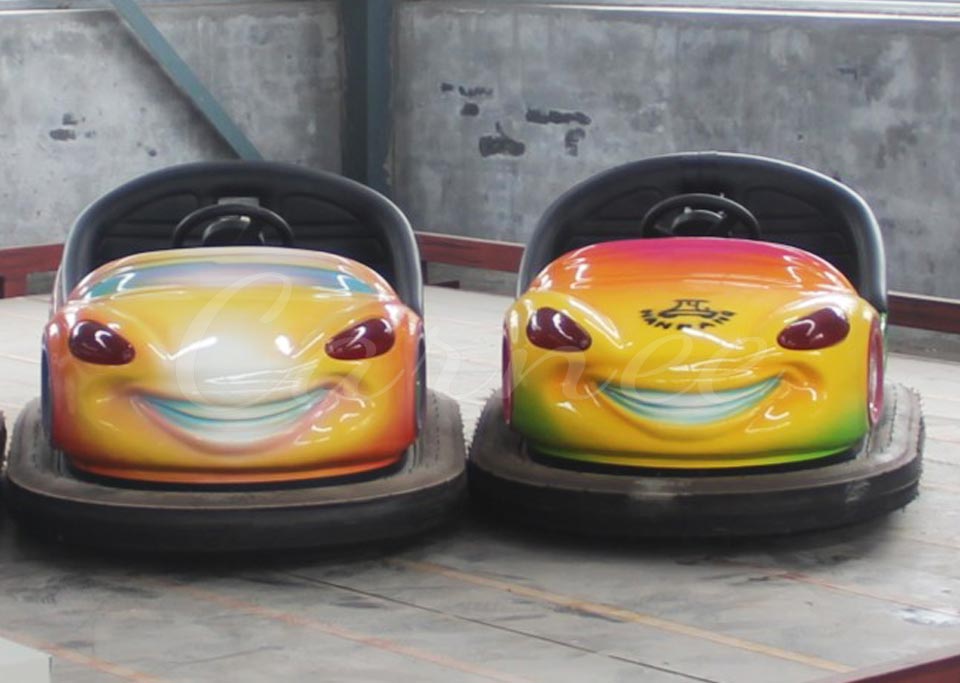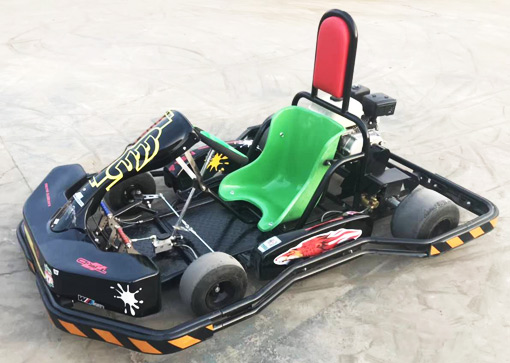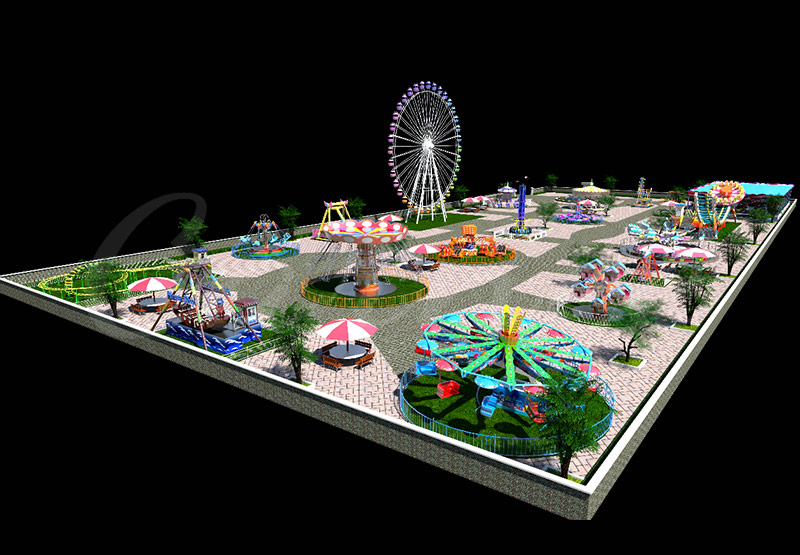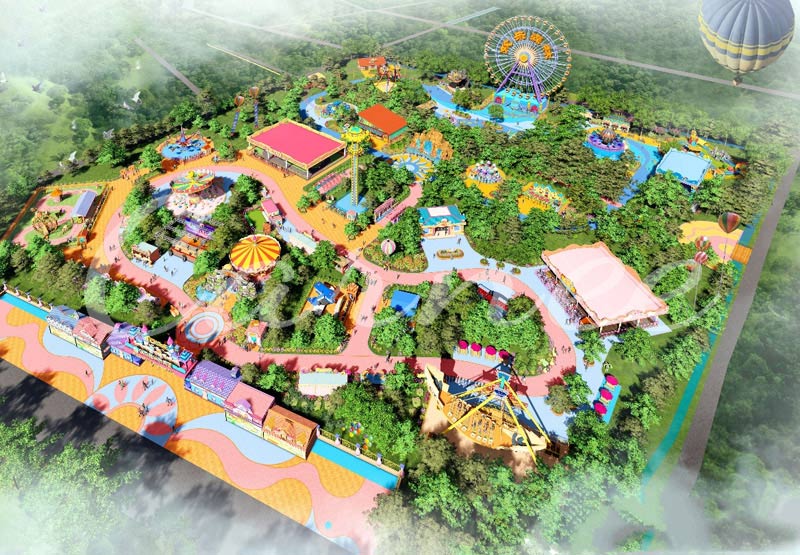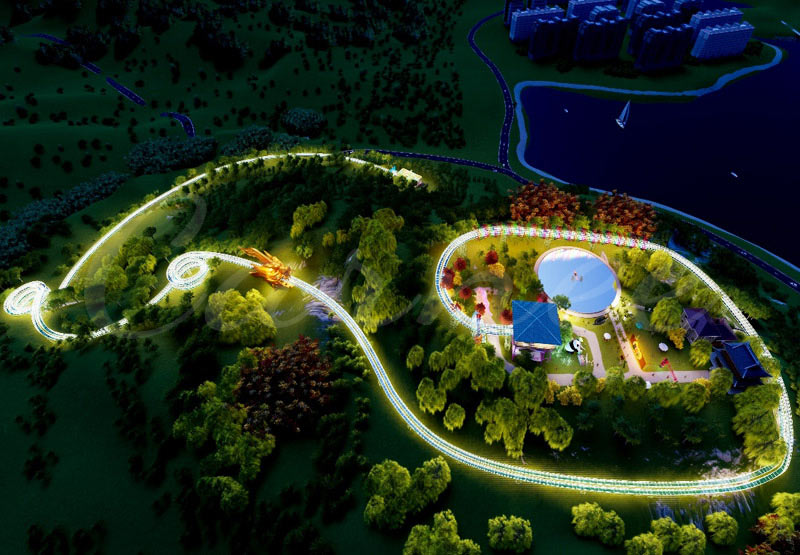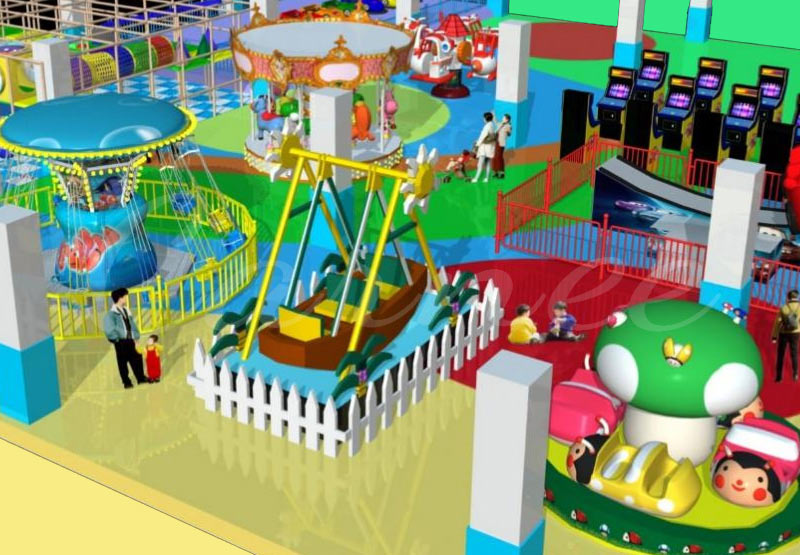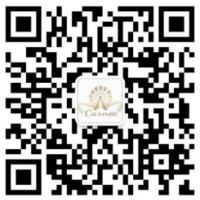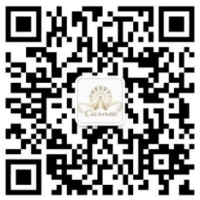Ever looked at a massive empty plot of land and thought…
“Where do I even start?”
You’re not alone.
When we first got involved in the Happy Time Theme Park project in Pujiang, the goal was simple:
Make it a place families WANT to spend time in. Not just visit once.
So if you’re planning a park, redoing an old one, or just curious about how theme park design really works in practice, you’re in the right place.
What Makes a Park Work (Spoiler: It’s Not Just Fancy Rides)
You can have the biggest Ferris Wheel in the world…
…but if no one wants to stay more than 20 minutes, it’s just a tall waste of metal.
Designing a theme park that people actually enjoy comes down to this:
- Flow. Can people walk without getting annoyed?
- Balance. Are there thrill rides, chill spots, AND stuff for toddlers?
- Story. Does the park feel like a world, or a parking lot with rides?
- Variety. Can kids, teens, and grandparents all find something fun?
Let’s break down what we did.
Step 1: Map the Anchors for a Solid Amusement Park Layout
We kicked things off by placing the big hitters:
- Ferris Wheel near the entrance (everyone takes a photo)
- Giant Pendulum deep inside (pulls people in)
- Go-Kart Track on the far edge (you need space to race)
These become natural waypoints in the guest journey.
And yeah, we’re thinking about Instagram spots too. That matters in today’s theme park marketing.
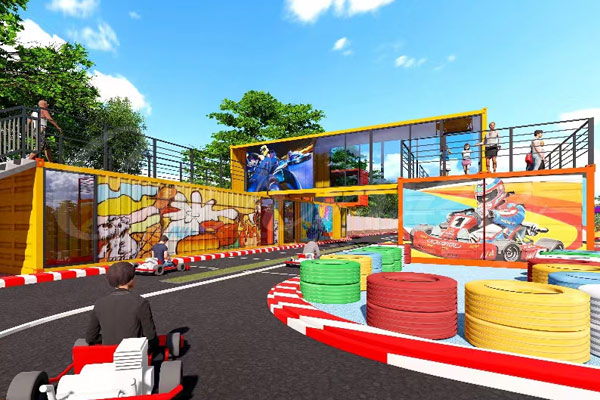
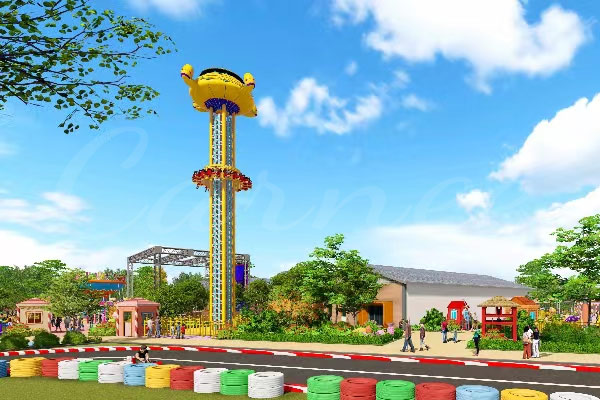
Step 2: Mix Thrill with Chill – Family Rides Matter
Not everyone wants to be flung 30 metres into the air.
So we split the park into zones:
- Kids’ zone with a cute carousel, small pirate ship, and rotating tower ride
- Adult zone with high-energy rides
- Green spaces and a flying chair ride tucked in trees (this one’s a vibe)
We made sure to design around family rides, so the experience isn’t fragmented.
Result? Families don’t split up. They flow through together.
Step 3: Make the Middle Matter in Your Theme Park Planning
Most parks lose energy in the middle.
We doubled down with:
- A central rest plaza with free Wi-Fi and comfy seating
- Snack stalls and shaded benches around high-traffic spots
- A carousel that lights up at night (romantic AF, and great for foot traffic)
This area connects everything. It’s your park’s heartbeat.
Step 4: Build Around Behaviour – Not Just Attractions
Here’s what we know about people at parks:
- They don’t like walking in circles.
- They want stuff that’s easy to understand.
- They remember how they felt more than what they rode.
So we used:
- Clear signage (no weird park maps)
- Theme sculptures that double as photo ops
- Waterfront paths and an artificial lake to slow people down and chill
- Shaded rest zones are near every thrill zone
This is where theme park design meets real-world psychology.
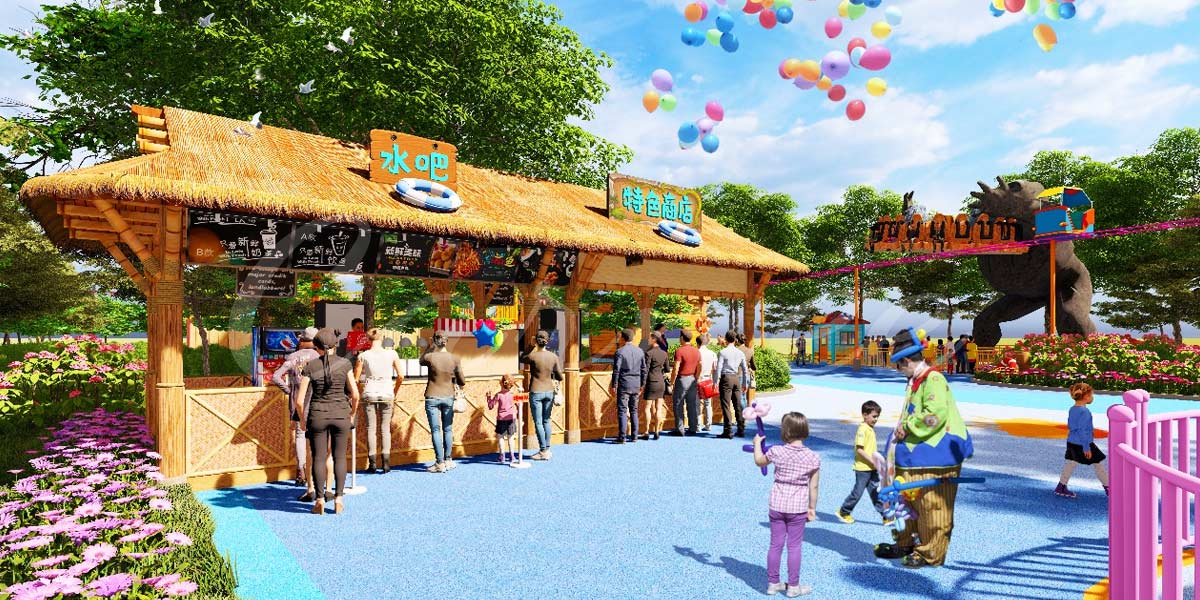
What About the Details? That’s Where Most Parks Fall Short
Yep, we covered those too:
- Indoor bumper cars with soft flooring and disco lights
- Fire safety play zone with a dragon and rideable fire truck (big hit with school groups)
- Toilets that don’t suck (clean, accessible, baby-friendly)
- Shops and snacks are spread evenly, so no one gets hangry
- Souvenir zones close to exits — easy upsells
The Takeaway: Theme Park Design is About Experience, Not Just Equipment
Theme park design isn’t just “where do I put the roller coaster.”
It’s psychology.
It’s behaviour.
It’s making a place people want to return to, not just visit once.
That’s what we built in Pujiang.
That’s what we do.
If you’re building a park (or stuck on one that’s underperforming),
let’s talk.
See More: 【2025-2026】Your Guide to Theme Park Design (Part I Planning An Amusement Park Layout)

